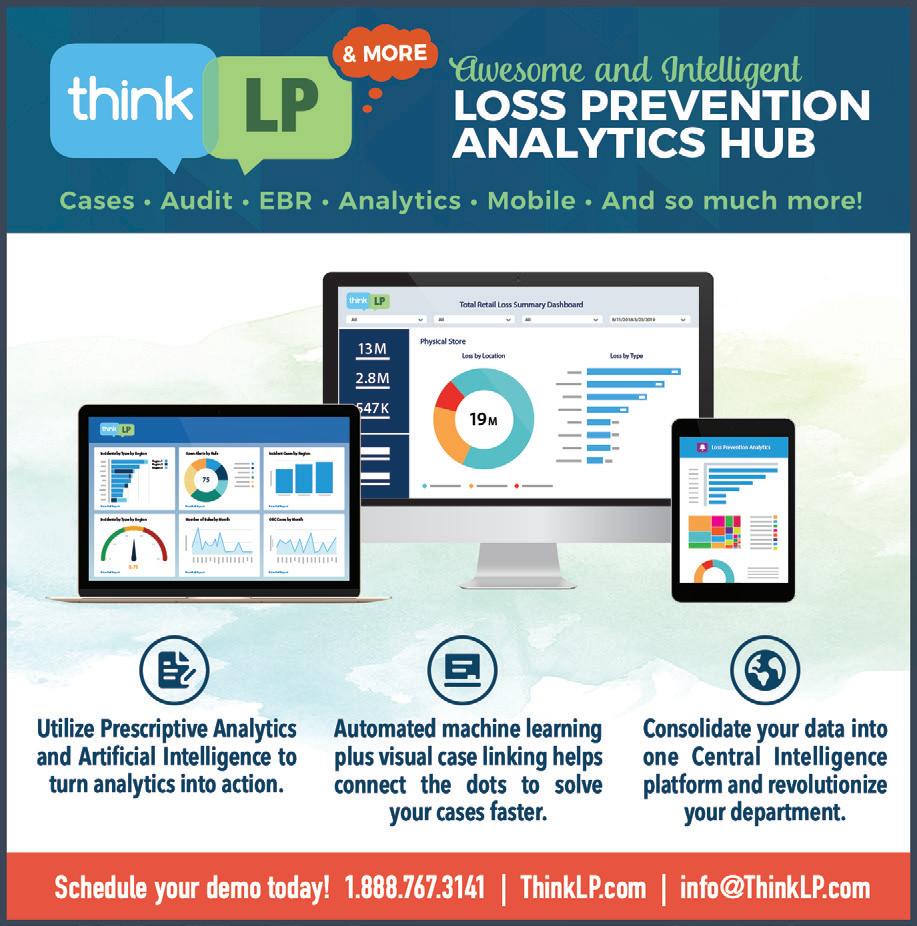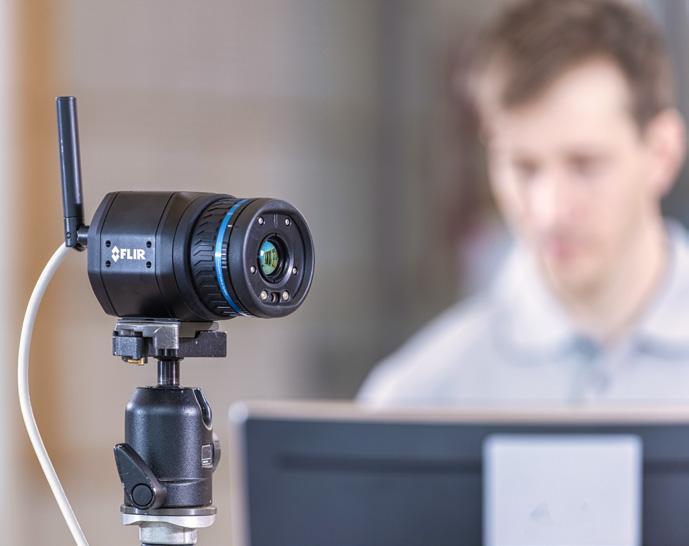
1 minute read
PRODUCT SHOWCASE
transmit your account number and an encrypted one-time code to complete each transaction when you “tap” to pay—and doesn’t send your name, billing address, or the three-digit code needed for online transactions.
So, experts point out, even if someone were to successfully use a surreptitious reader, which would need to be within inches to sniff your payment information out of thin air, they would need to crack the bank’s complex algorithm to generate a new one-time code to complete another contactless payment. Contactless payment options like Apple Pay and Android Pay use near-field communication (NFC), a version of RFID, and since they require further authentication from the user, are even more secure, say analysts.
A more realistic and likely event is that a thief will get their hands on a contactless credit card. And without a PIN or signature required for use, it would be easy for someone with physical possession of a card to use it at a tap-to-pay terminal Consequently, some card companies limit the amount of a purchase when conducted via contactless payment—although, in the time of COVID, these limits have often been raised or waived. sales@7Pgps.com
Combat Shrinkage
AFA PROTECTIVE SYSTEMS, INC. SINCE 1873
• Fire Alarm Systems • Design, Installation & Service • UL Listed & FM Approved Central Station Monitoring • Test & Inspection Services
At AFA, we deliver superior levels of customer service.
If you don’t believe us, ask our customers!
www.afap.com (866) AFA-NATL







